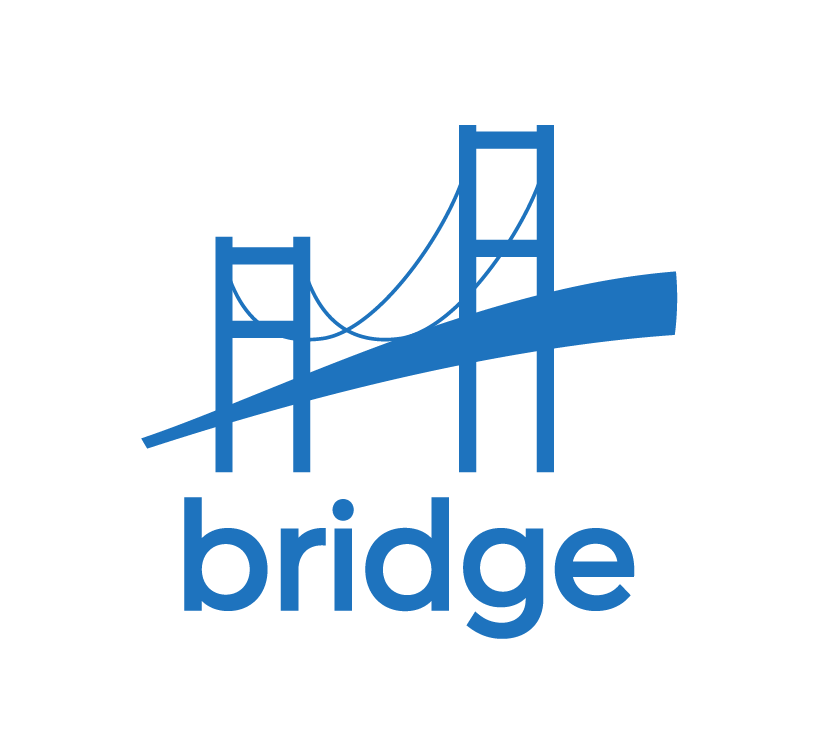Eating disorders come with high physical and emotional risk to the client. There’s also high potential for a lot of pressure for the therapist to “get it right”. Ironic that pressure is something thought to contribute to the development of eating disorders in the first place!
So what do we do? How do we most effectively decide when to admit or refer for inpatient treatment versus use the tools we have at hand? Being up on the latest recommendations is key for knowing how to best approach this high pressure situation.
The first consideration is what level of care the client needs. Luckily, the American Psychiatric Association (ApA) has us covered. Their 2023 guidelines on eating disorder treatment outlines when to refer for inpatient services. Crucial signs include when the client has medical instability, significant psychological impairment, potential for self-harm or suicide, co-occurring disorders, and lack of response to current level of treatment.
For some of these indicators, hospitalization may be a more appropriate immediate response. Additionally, hospitalization may be necessary if the client meets certain medical thresholds. One such indicator is body mass loss of more than 10% in 6 months or over 20% in a year. A body mass index (how to calculate BMI) of less than 15 in adults or less that 75% of the median BMI for sex and age in adolescents is another sign that hospitalization may better serve the client. For those in medical contexts, the ApA includes a nifty chart with thresholds for other measures of physiology.
These guidelines can help greatly. So what if our clinical judgement leads us to opt for outpatient treatment? CBT and DBT for eating disorders have been shown to be highly effective if you go with outpatient options and there are good trainings out there.
Clinical decisions like whether to hospitalize a client are never fun. But these guidelines can really increase the chance we do what’s best for the client. Whether that’s a higher level of care or if we decide it will be effective to use supported methods, it’s nice we have help to guide us!









